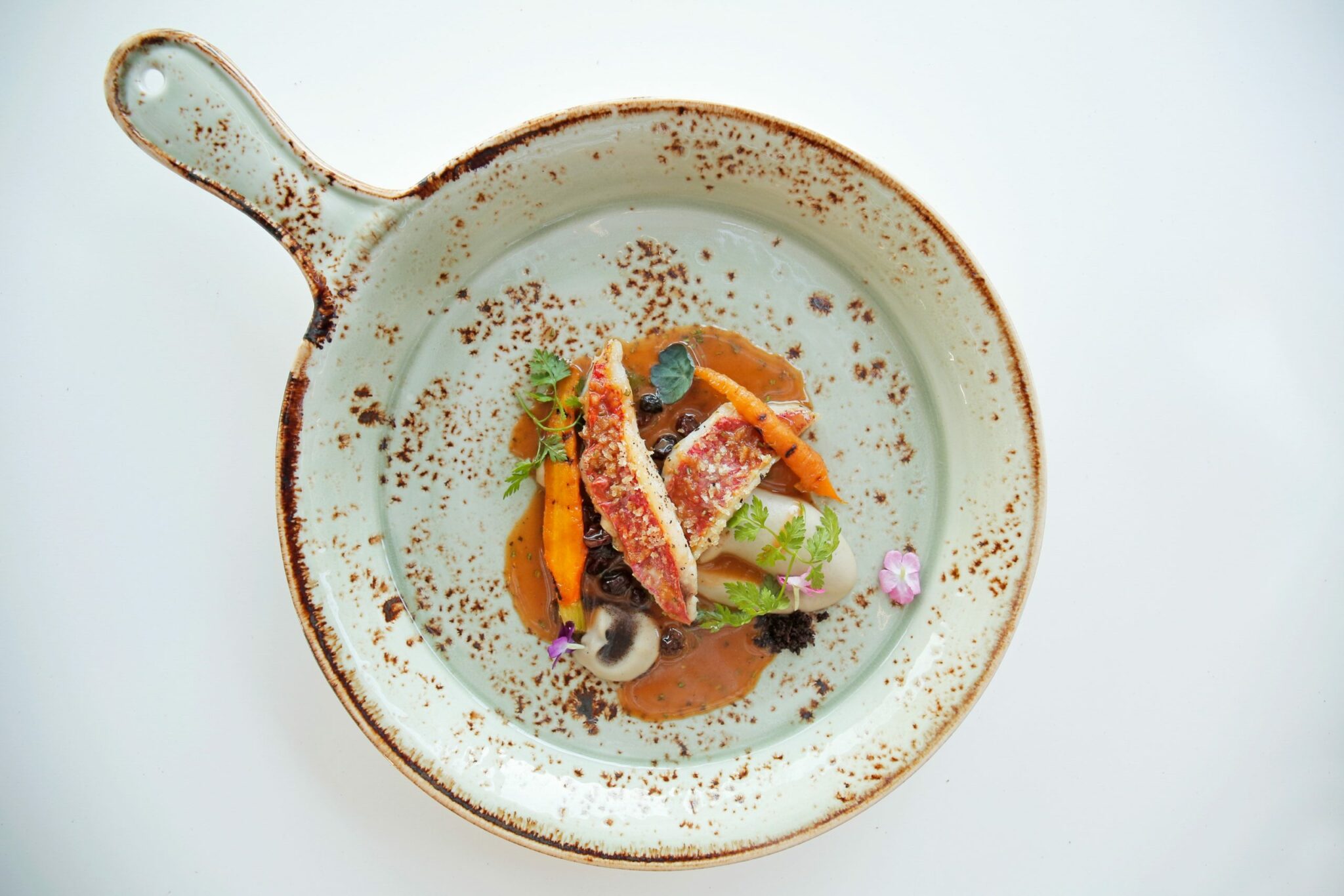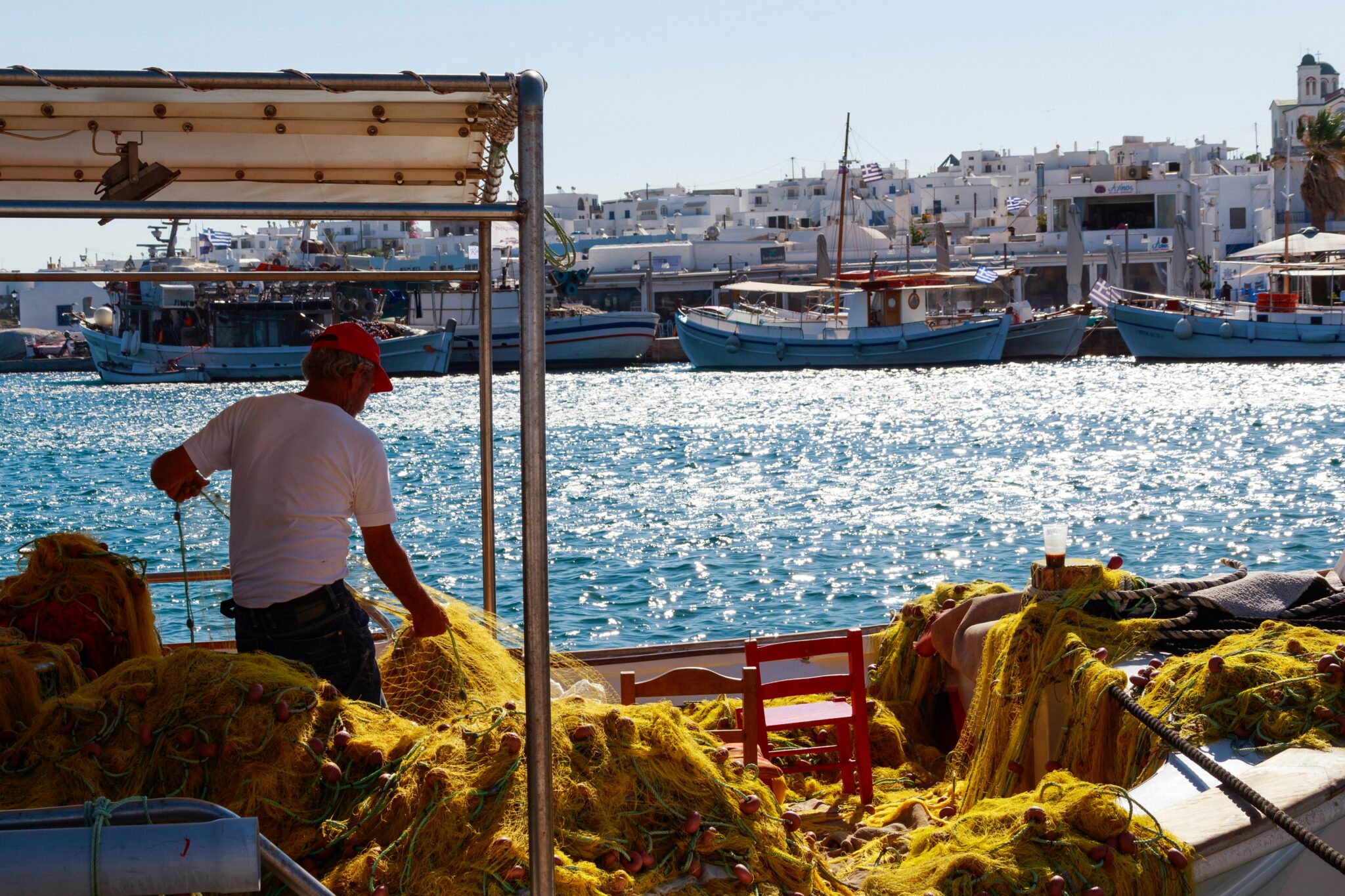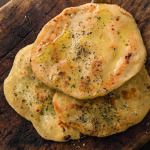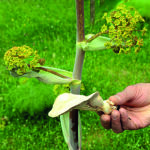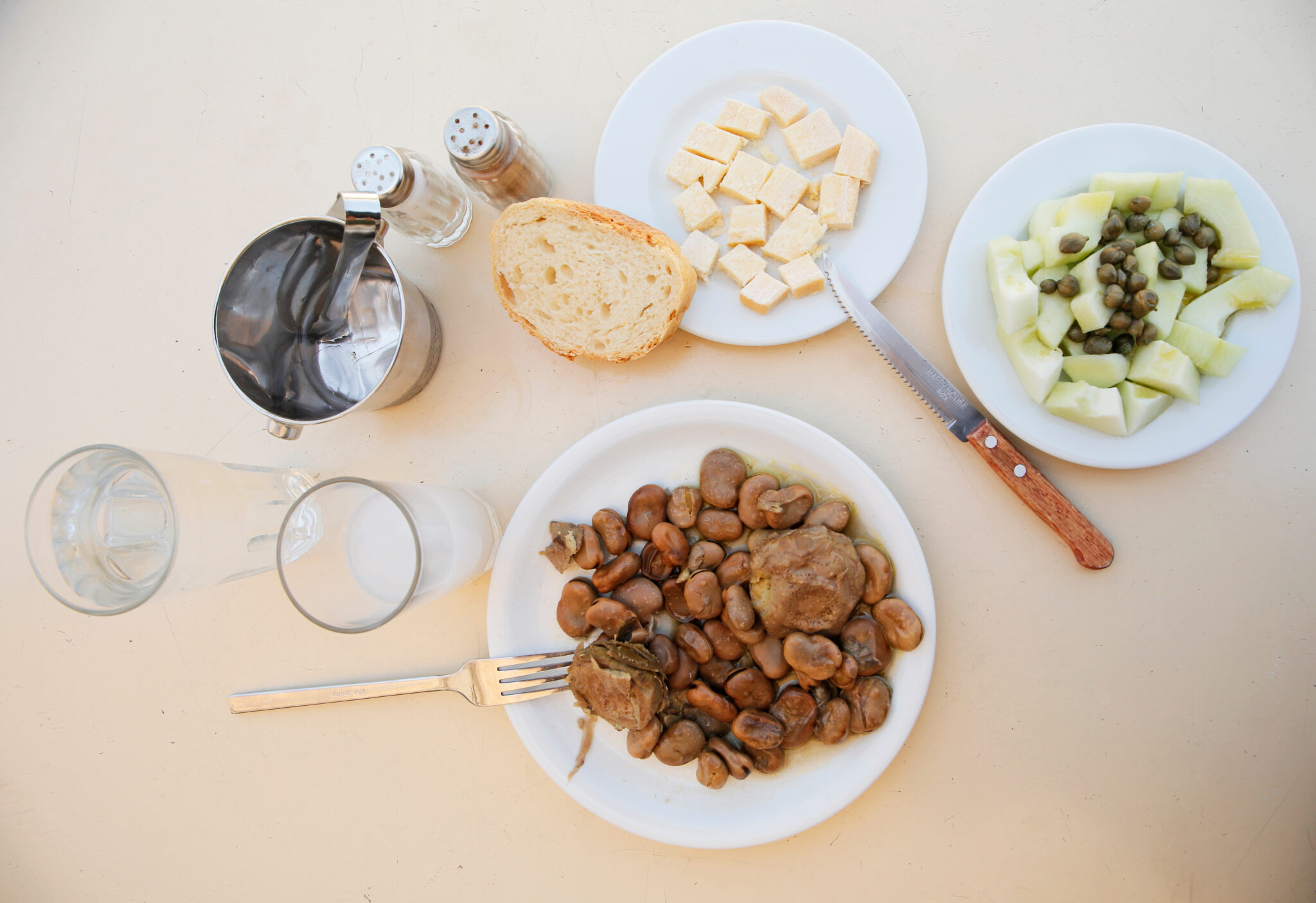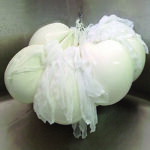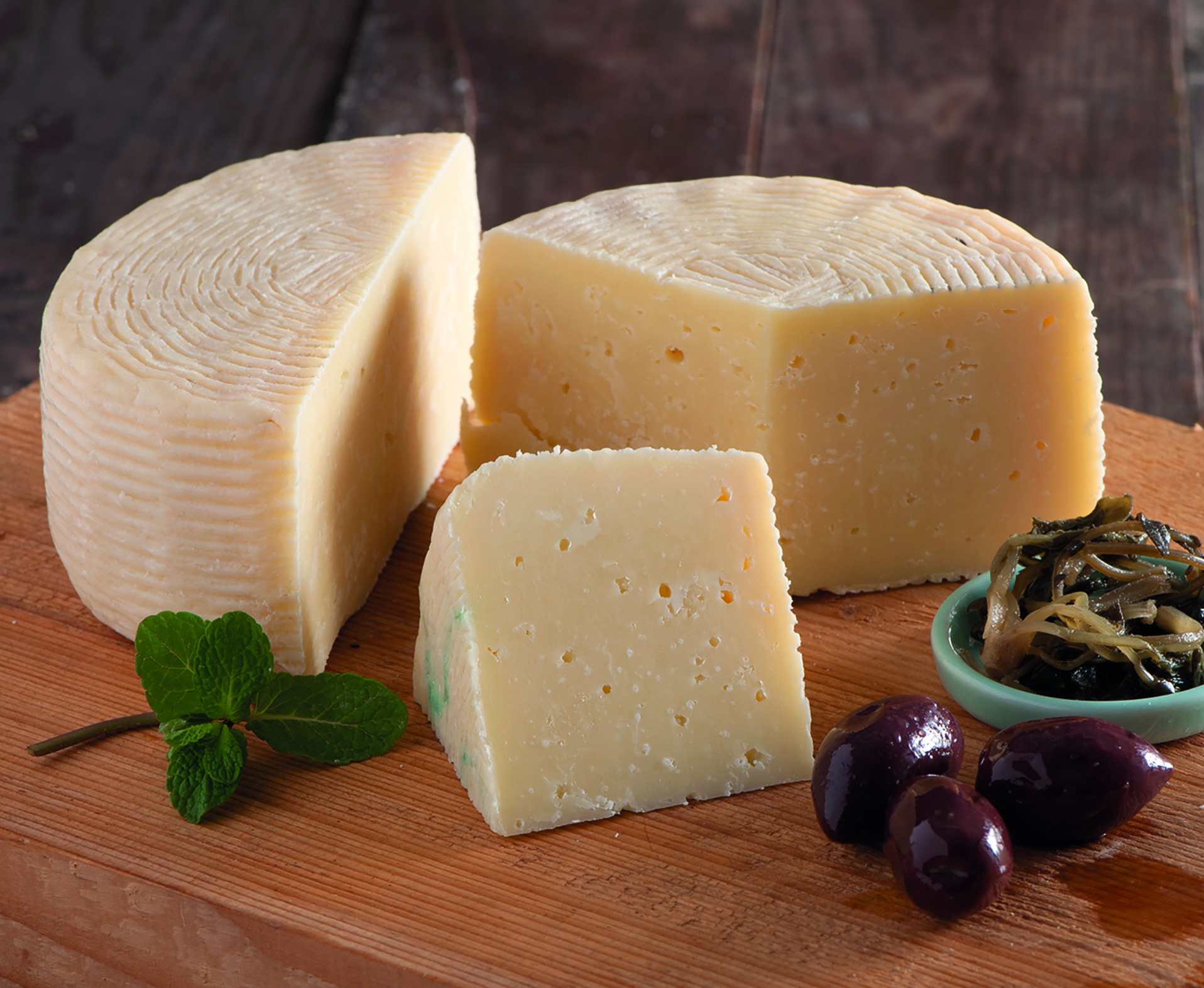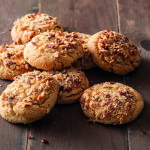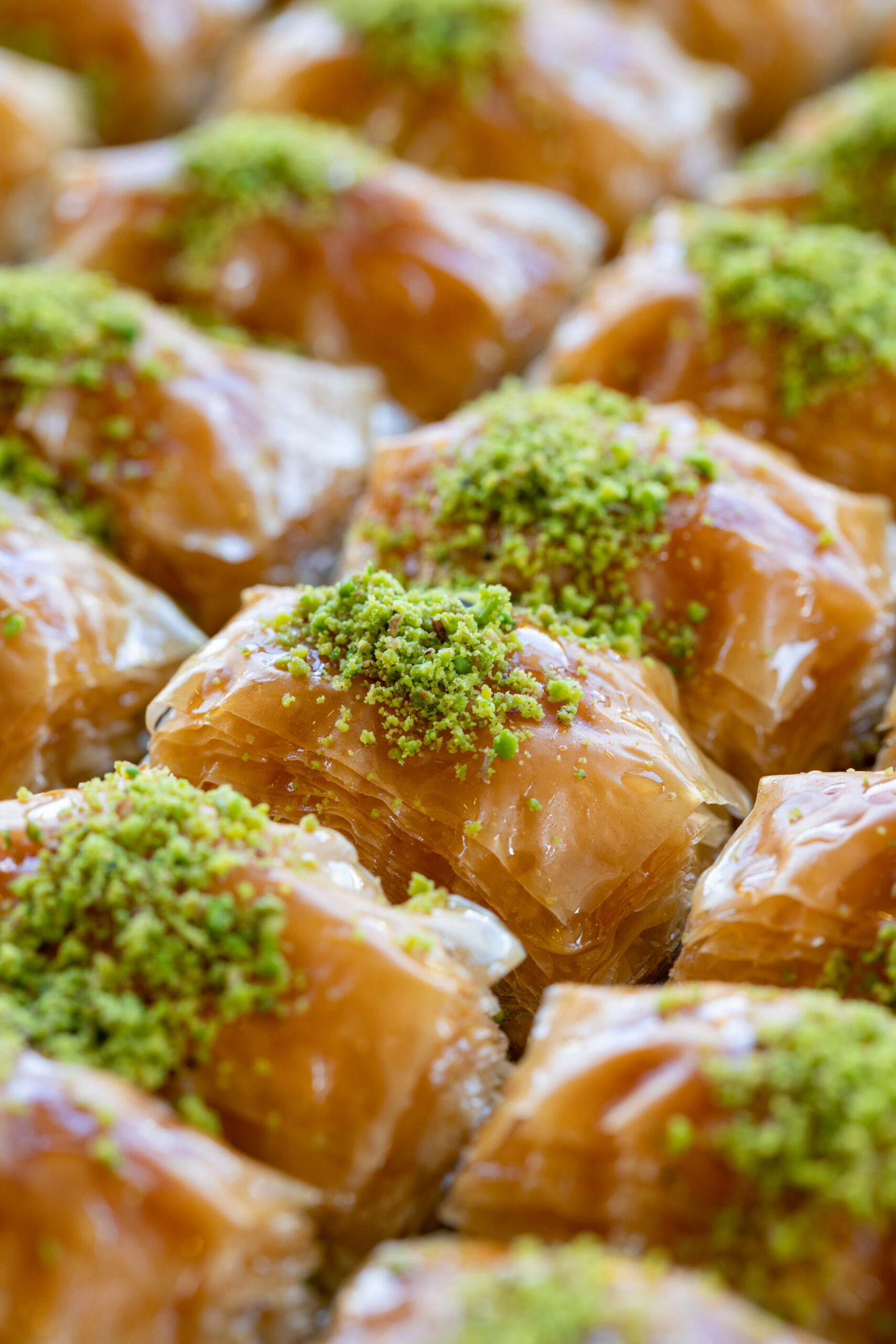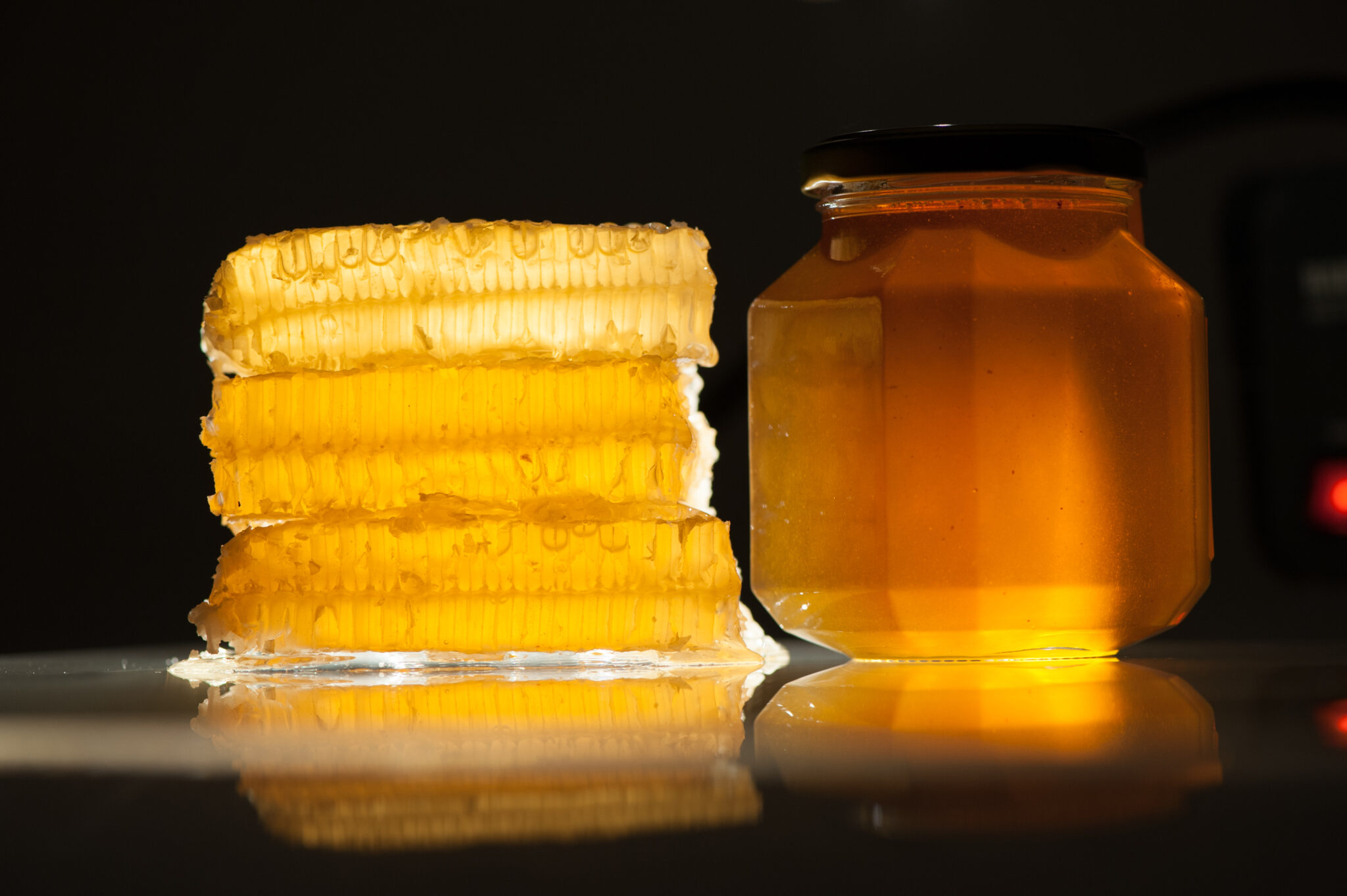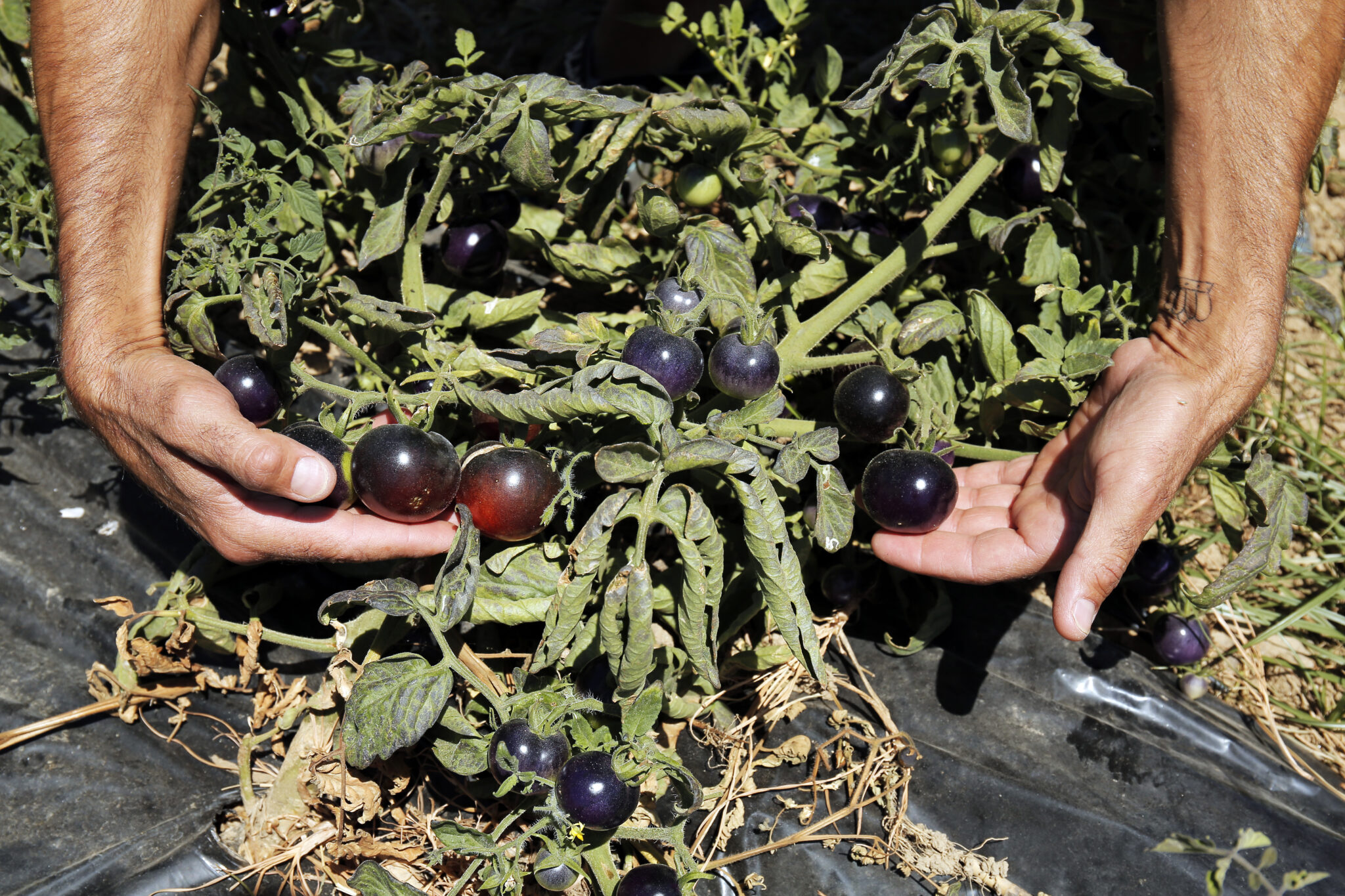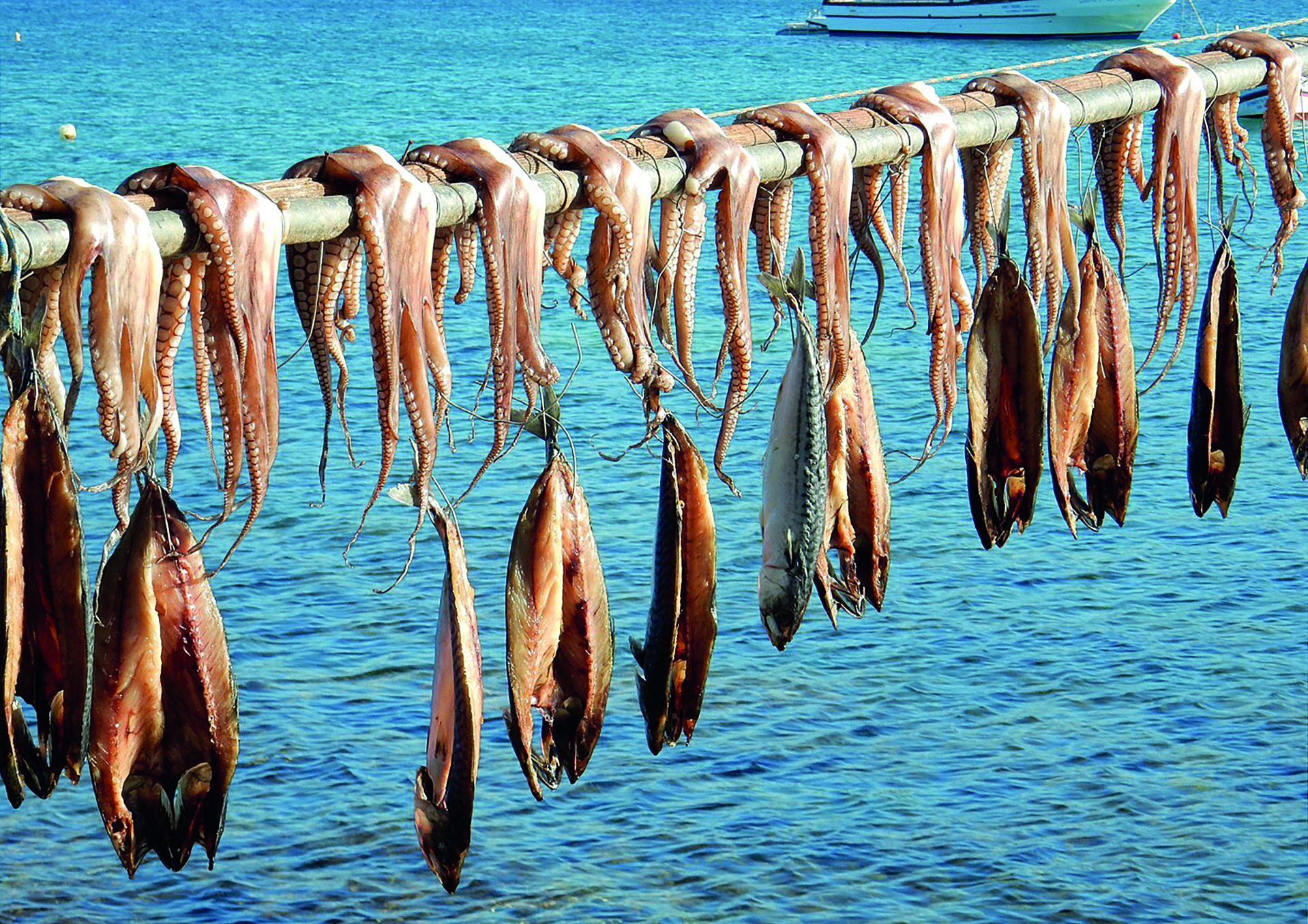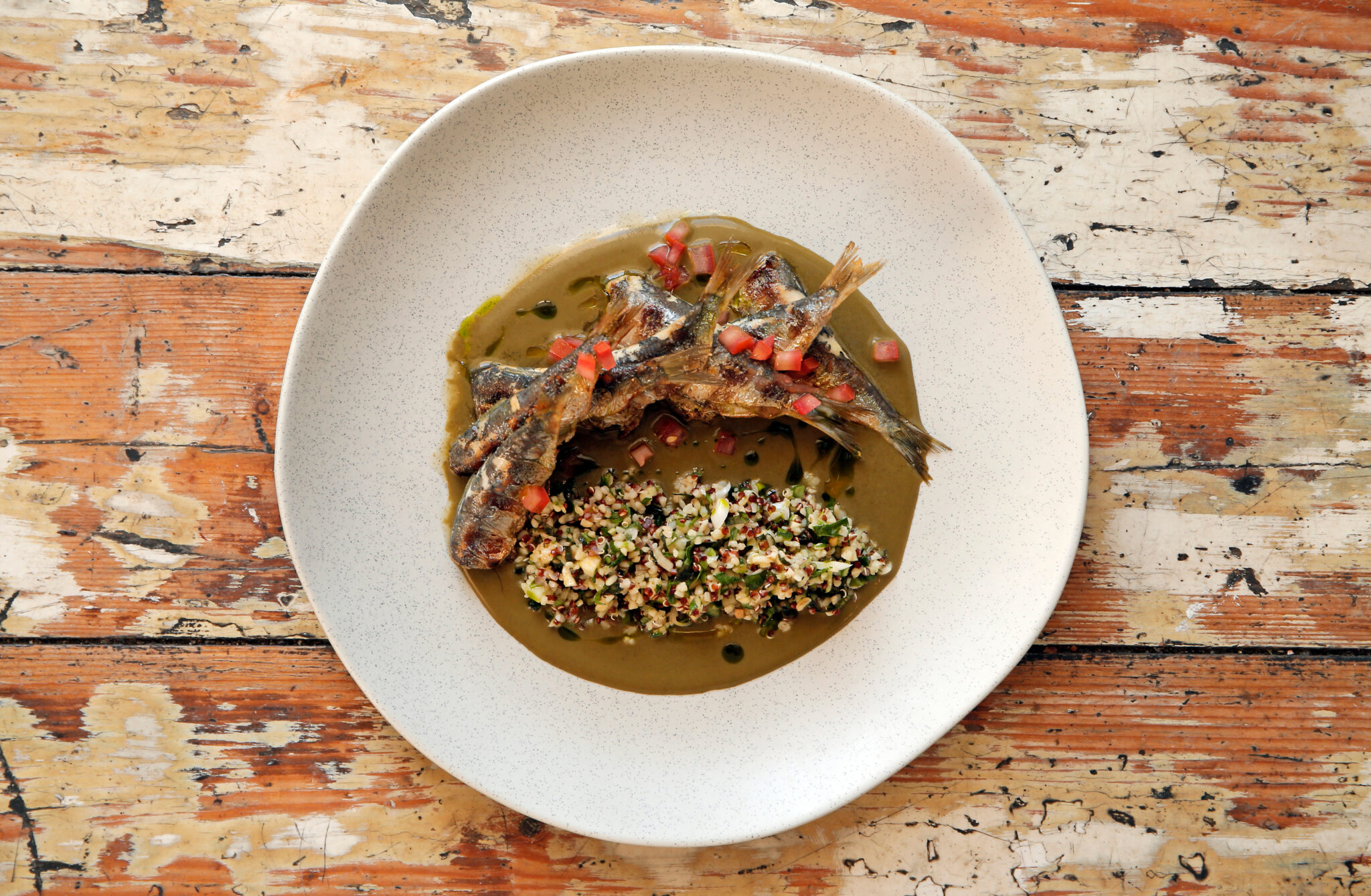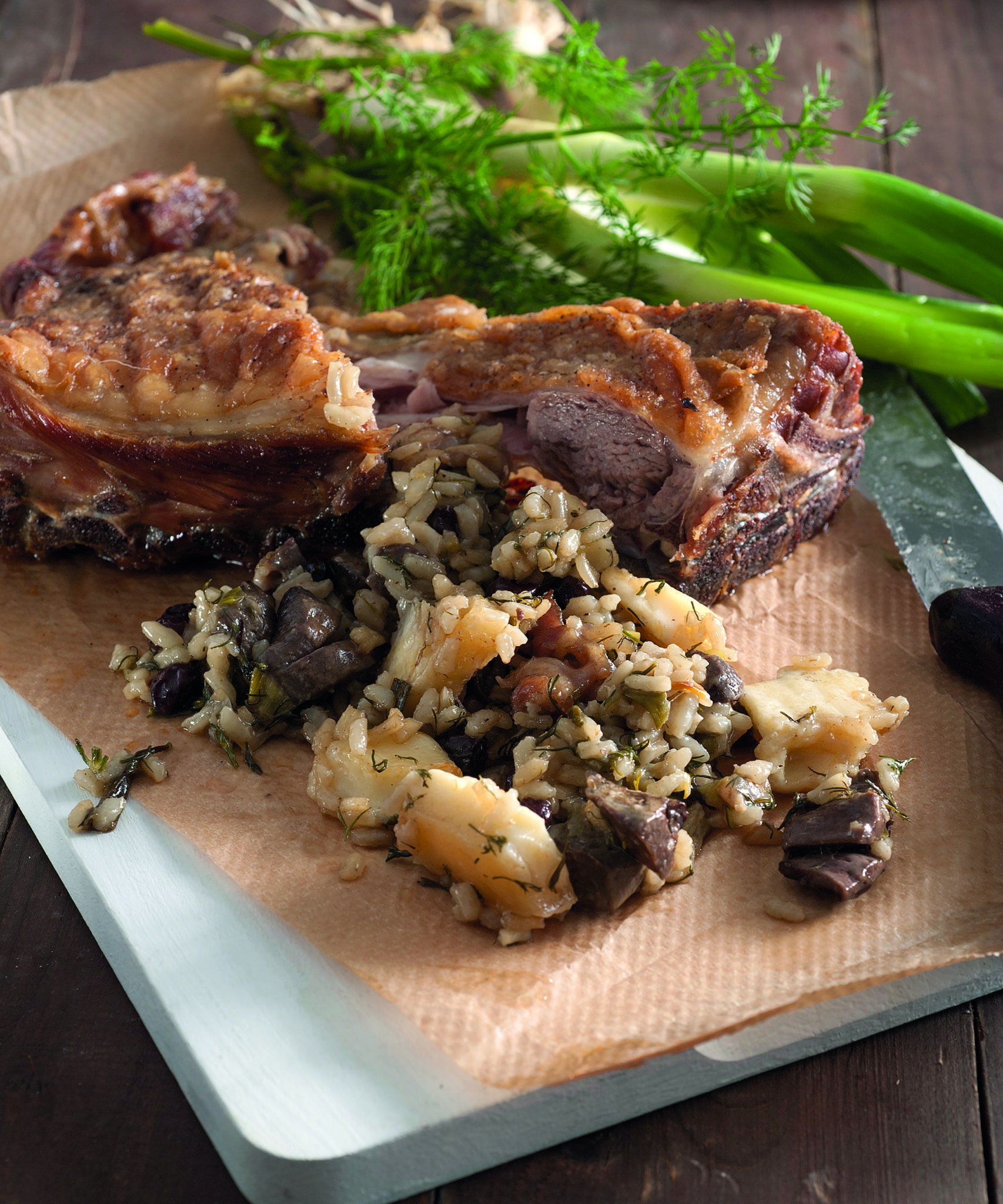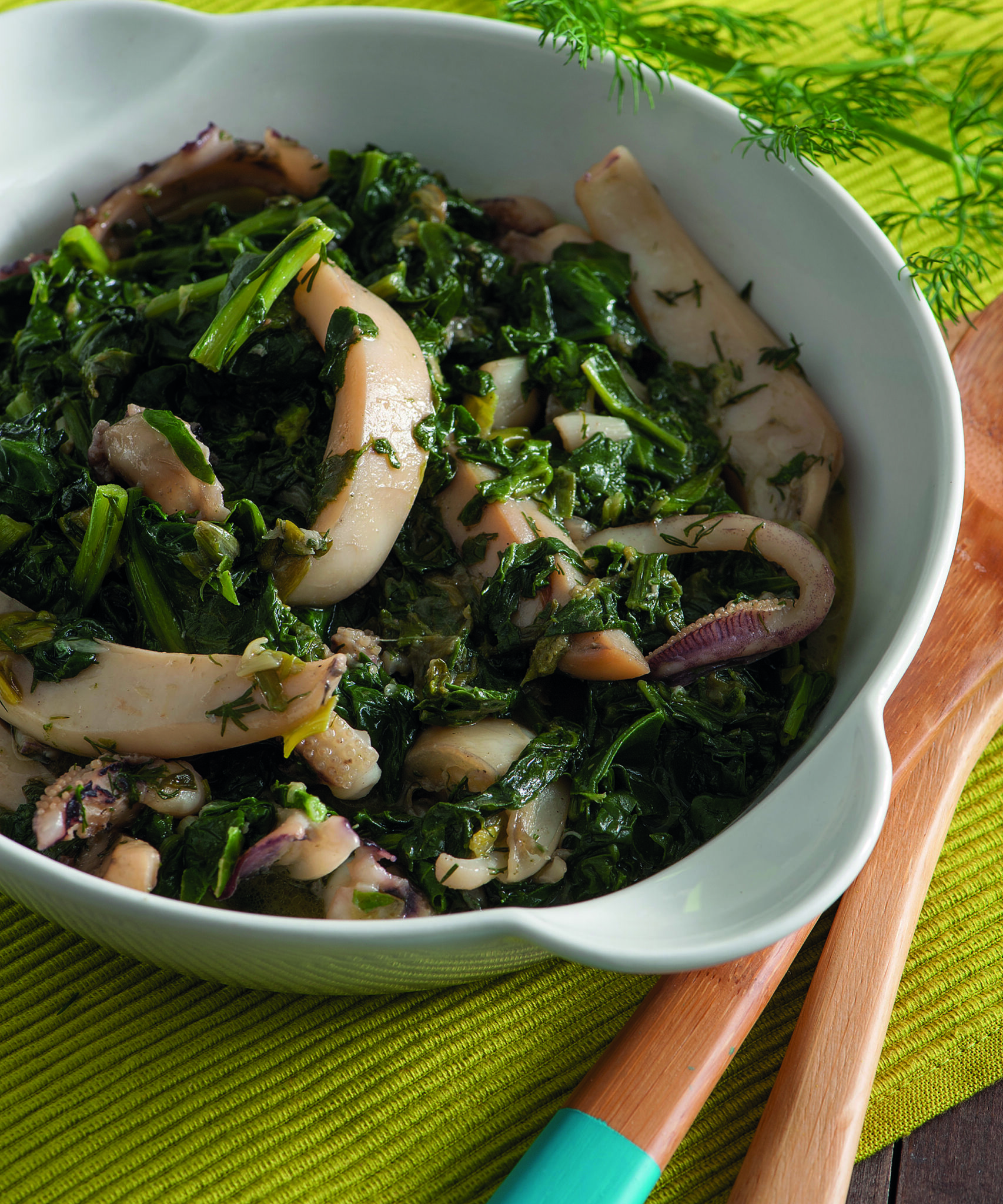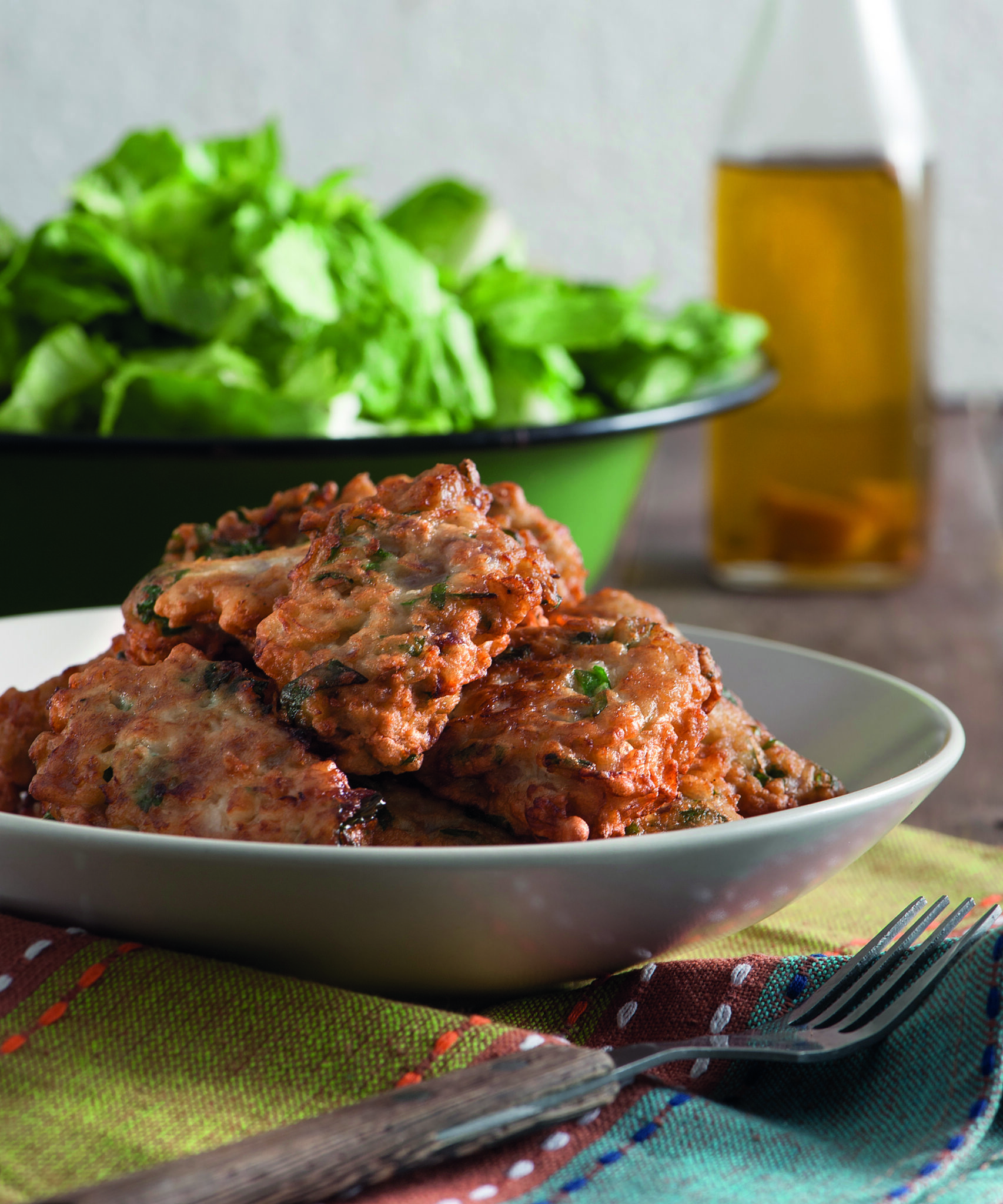Paros, the pristine white island with gentle hills, diverse beaches, and lively nightlife, boasts a rich and intriguing gastronomic history. Once confined to Parikia, its tourist appeal has spread to the mainland and other coastal villages. Influences from the Venetian era, a variety of fish dishes, cheeses, olive oil, wine, honey, meats, and sausages continue to thrive, especially during the quieter winter months.
Baked Goods and Pasta
Traditionally, every household on Paros was self-sufficient, producing flour for bread and pasta from locally-grown cereals. Parian bread, called anapyama or sourdough, was made from soft wheat, sometimes mixed with mavraganite (mavragani) or barley. Fournopsomo, a simple flatbread without sourdough, is a popular snack seasoned with olive oil and oregano. Breads are often sprinkled with sesame seeds or flavored with aniseed, while white nuts may be infused with aniseed and mastic. Broken wheat, or chondros, is used in soups and meat dishes. Handmade pasta, such as arando and marmidzella, are also common. Festive breads and buns, like lodenis, Lazarus’ human-shaped lasagna, and Easter’s lamproculura, are still prepared today.
Herbs, Spices, and Wild Greens
Winter and early spring reveal the island’s natural vegetation, which the locals collect and use in their cuisine. Sage, oregano, fennel, rosemary, thyme, and thurible are gathered from mountainous and semi-mountainous areas. Seasonally, a variety of wild greens are collected, including chickweed, black chickweed, chicory, milkweed, wild garlic, taraxacus, achos, chives, pigweed, and caraway. Many of these are incorporated into pies and Lenten vegetarian puff pastries. Capers and lilies are also harvested near the coast.
Mushrooms are another Paros favorite, with over 300 species found on the island. Common types include the spiny or red mushrooms (Pleurotus eryngii) and aspragathites or kufardites (Pleurotus eryngii var. ferulae). In Lefkes, pine spines (Lactarius sanguifluus) are also collected. Other popular mushrooms include coastal agaricus (Agaricus litoralis), lard-manatee (Agaricus bitorquis), bull’s-eye (Agaricus campestris), ‘anonymous’ agarics (Agaricus bisporus and Agaricus cupreobrunneus), sponges (Suillus bellinii), and worms (Volvariella gloiocephala). The mushrooms are typically cooked without flour and served fried or grilled with lemon.
Dairy Products and Cheeses of Paros
While neighboring Naxos maintains a robust livestock sector, Paros has shifted its focus towards tourism and services in recent years. As a result, its cheese products rarely reach beyond the island. Official figures show that approximately 800 cows are raised on Paros, producing over 600 tons of milk, while the 9,000+ sheep and goats are primarily used for meat. Consequently, the foundation of Paros’ traditional cheeses is almost exclusively cow’s milk.
Graviera
A classic cow’s graviera with a mild, buttery flavor, matured for at least three months.
Kefalotyri
Also known as Kefalisio or Kefalaki, Kefalotyri is perhaps the most representative of Paros’ hard cheeses. The traditional version is kept in brine for a few days. While households once used milk from their own animals, most people now provide their cow’s milk to the island’s only certified cheese dairy, which produces a hard, tangy cheese with high fat (at least 47%) and very low moisture (35% maximum). A lighter version with lower fat and a softer texture is also available.
Ladotyri
A head cheese that, after removal from the brine, is placed in a container with olive oil for at least 10 days. This process imparts a unique, pleasant flavor and keeps the cheese softer by preventing contact with air.
Souroma
The local name for Xinomyzithra, Souroma is produced from fully pasteurized cow’s milk. It is a soft, white, and almost oily cheese with a minimum fat content of 50% by dry matter, a maximum moisture content of 75%, and a well-known sour taste. It is meant for quick consumption.
Mizithra Fresh
A common Greek unsalted myzithra, primarily made from cow’s whey and pre-milk. A slight difference in the cheese-making temperature results in the creation of Anthotyros, which is salted and dried.
Tulip Cheese
Touloumisio, similar to Toulumotyri found on other islands, is made from fresh Kefalotyri and Mizithra. These cheeses are matured together in tulumi or containers, acquiring a distinct, lingering flavor. Fresh butter and cow’s yogurt are also produced on Paros.
Sweets
On Paros, as with most Cycladic islands, xerotigana is the festive dessert for Christmas and Halloween, resembling a type of doughnut. Tsimpita, a specialty found in many local pastry shops, are sweet little mushroom pies with cinnamon and citrus flavors, similar to honey-drenched melitines. Rafioli, made with a similar filling, are crescent-shaped pies drizzled with honey. Galitopita and baklava are the sweets of choice for name day celebrations, while oven-baked almond cakes, reminiscent of Andriotika, are offered as small treats.
At some point, Hydraian sugar baklava, a leafless baklava with plenty of almonds, grated nuts, vanilla, and cinnamon, coated in icing sugar, became part of the island’s pastry tradition. A variation with walnuts instead of almonds also exists. Everyday sweets like pasteli, chamomile, dried figs with sesame and cinnamon, moustalevria, petimezopita, petimezzo pie, buns, semolina halva, and scalzounia are easy and affordable to make, using ingredients readily available at home. Fruits are turned into jams and spoon sweets, while dried raisins provide energy for cold winter days.
Olives and Olive Oil
Paros has approximately 11,288 hectares of olive groves and 1,300 growers. The primary varieties grown are Throumbolia and Koroneiki. For edible olives, they prefer olives from the old trees, remnants of the Venetian period, such as Chamadelias, Dafnelias (for crushed or whole olives), and Askoudelias (trubes). Amfissis and Manaki varieties are also cultivated. Despite having three oil mills and being the second most productive island in the Cyclades, the oil is primarily consumed at home and sold on the local market.
Fruits, Vegetables, Legumes, and Nuts
In addition to cereals like barley and wheat, legumes are a staple on Paros. Pigeon peas, chickpeas, and fava beans, locally known as ‘bizi’ or ‘korfato’, are commonly grown. The tender tops are also used in salads, known in other regions as ‘papoules’ or ‘kopse’. Most people cultivate various irrigated vegetables, but summer arid crops called calligraphy yield cucumbers, Sandorina variety tomatoes (also used for sun-drying), small, round local watermelons, and barley-like round melons with small dark bumps.
The predominant trees grown on Paros include citrus, pear, almond, apricot, mulberry, pomegranate, quince, and fig trees, all bearing fruits that are essential in the local cuisine.
Fish and Seafood
Fishing has long been a vital part of Paros‘ economy and traditionally a family business. However, the island’s fishing capacity has significantly diminished, with few people now relying on fishing as their primary occupation. Fishing is conducted using trawls, windlasses, and longlines throughout the wider Cyclades region. Nets often catch large quantities of goliath grouper, red mullet, sea bass, sauries, moray eels, and perch (Serranus scriba).
Surplus fish were traditionally preserved in various ways. Octopuses are salted in balls, small goliaths and large mackerel are made into bertolino (or bortolino) by salting and threading through the tail or eyes. This technique is common in most Cycladic islands, while in Santorini, they are used as fish roe. Some people fry them in a flour-based batter called sougli. Other fish, such as mackerel, tsiros, colios, palamides, stripes, and tuna, are halved lengthwise, salted, and air-dried in the sun to create “furs” that are grilled before serving. Nowadays, furs are stored in the freezer to enjoy year-round.
Local Dishes
Goat Patoudo
An Easter dish similar to the stuffed duck of the Small Cyclades, goat patoudo is aromatic and full of flavor. Patoudo, patido, and patouida are terms used for stuffing in the Cyclades and Crete, derived from the word “patos.”
Cuttlefish with Greens
Cuttlefish cooked with greens is a dish found on all the islands. The greens used vary depending on the season, with winter and early spring featuring an abundance of wild and aromatic greens, giving the dish a unique flavor intensity.
Onion Cakes
These all-season onion cakes are made with ingredients typically found in every home. In Paros, parsley and mint are coarsely chopped, and some onions are cut into larger pieces for added texture.
Other Dishes to Try in Paros
Saladuri: A delicious salad made from stingray.
Caravoles: Snails with garlic sauce in simple Greek.
Colios Stuffed in the Oven: Prepared with bread crumbs, garlic, and oregano.
Rooster Fricassee: Served with dried onions and celery.
Chickpeas with Onions and Garlic in Skudabro: Braised in a traditional clay pot.
Fava Pasta: Also known as married fava in other regions.
Sugary Baklava: A unique, leafless baklava with almonds and grated nuts.
Read also:
5 great eateries in Mykonos, serving Greek and Mediterranean cuisine
Patmos: 9 restaurants that make a difference
Southern Evia: The best taverns and the best-known restaurants



